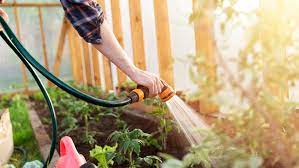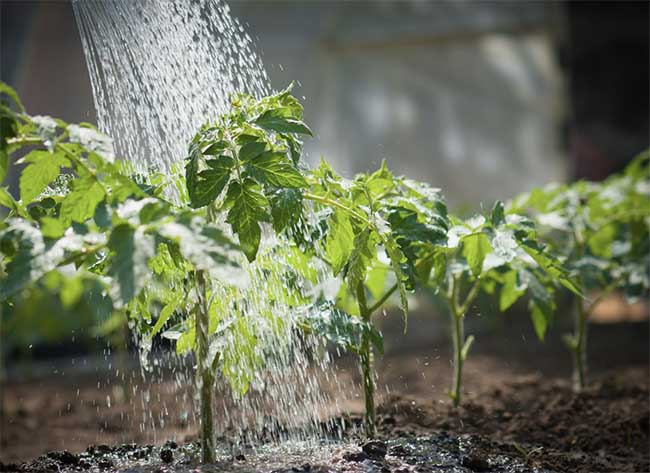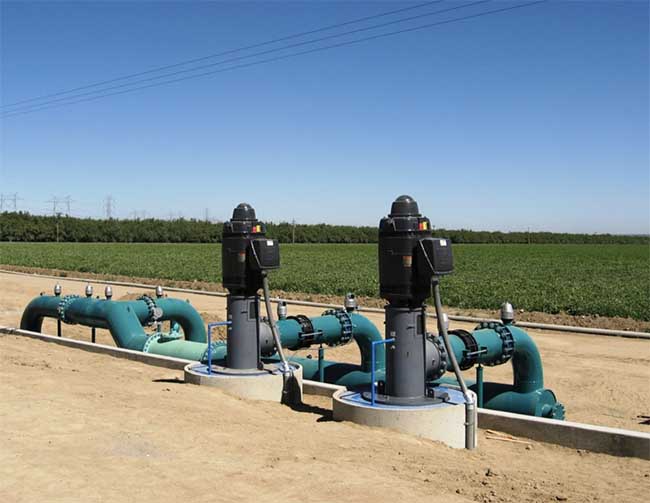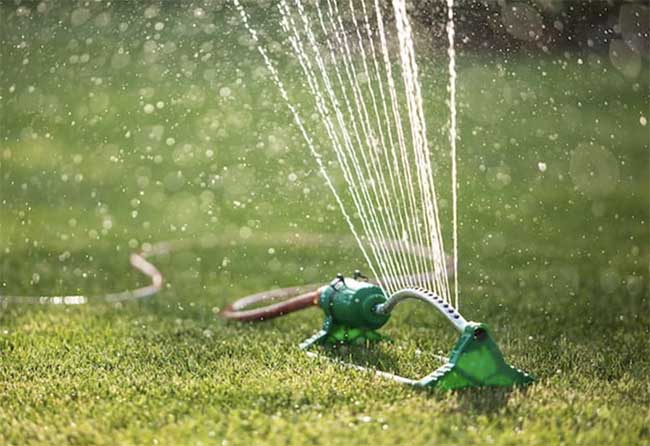If you’re like us, you love spending time in your garden. But with great joy comes great responsibility, and one of those responsibilities is watering your plants efficiently. Not only does this save water, but it also saves you time and money.
In this article, we’ll share five tips for watering your garden efficiently.
Before we start watering our garden, we need to assess its water needs. This will help us determine how much water our garden requires and how often we should water it. Here are a few things to consider when assessing your garden’s water needs:



